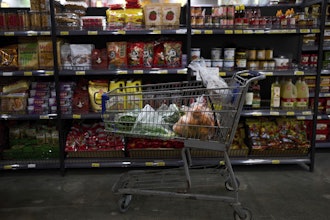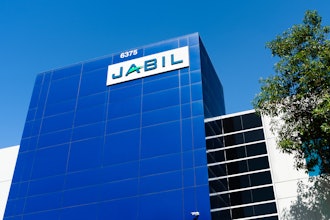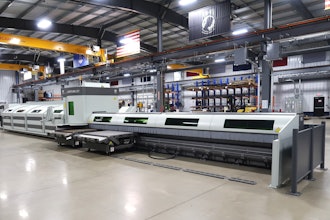This article originally ran in the January/February 2013 issue of Food Manufacturing.
The Food Manufacturing Brainstorm features industry experts sharing their perspectives on issues critical to the overall food industry marketplace. In this issue, we ask:
Poultry has long been one of the least automated food processing sectors. As automation equipment becomes more sophisticated, how will poultry processors see their business practices change?
In our experience, the larger poultry processing plants are utilizing a high level of automation presently, especially when compared to other meat categories. That being said, there is still a fair amount of hand work involved, especially in the secondary processing applications.
The major processors all seem to be keenly focused on improving efficiency and through-put (birds per minute) in order to pay for the increased capitalization of the new technologies they’re considering. Processors are eager for any process improvement that they can utilize, and this can range from expensive changes such as more highly automated equipment to more affordable alternatives such as faster or more efficient motors, as well as innovations in blade design.
Processors will need to rely more heavily on successful preventive maintenance programs as any work stoppage is a cost in terms of labor and lost production. And growers will continue to be presses for bird size uniformity. Automation generally requires uniformity of work pieces.
Ultimately, it’s about removing variability. One would think that employee costs (payroll, benefits, health care, etc.) would decrease in the face of increased automation. However, new technology generally implies that a need will arise for more highly trained and educated employees.
See Part I here.






















